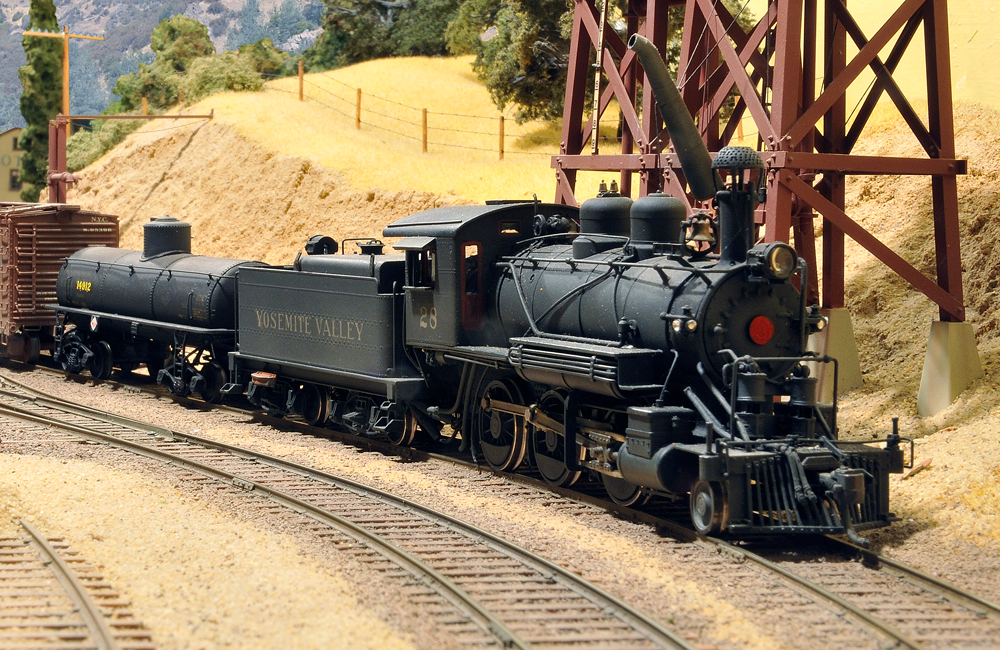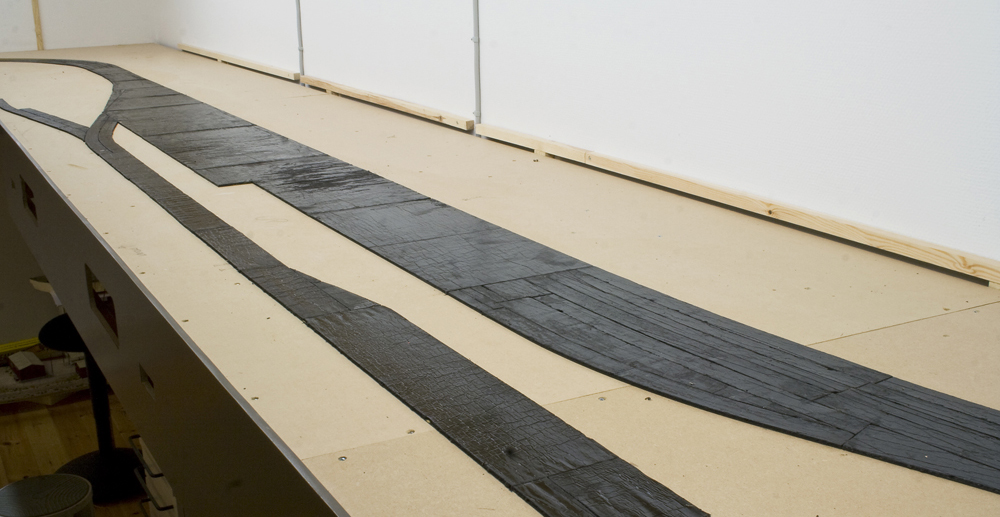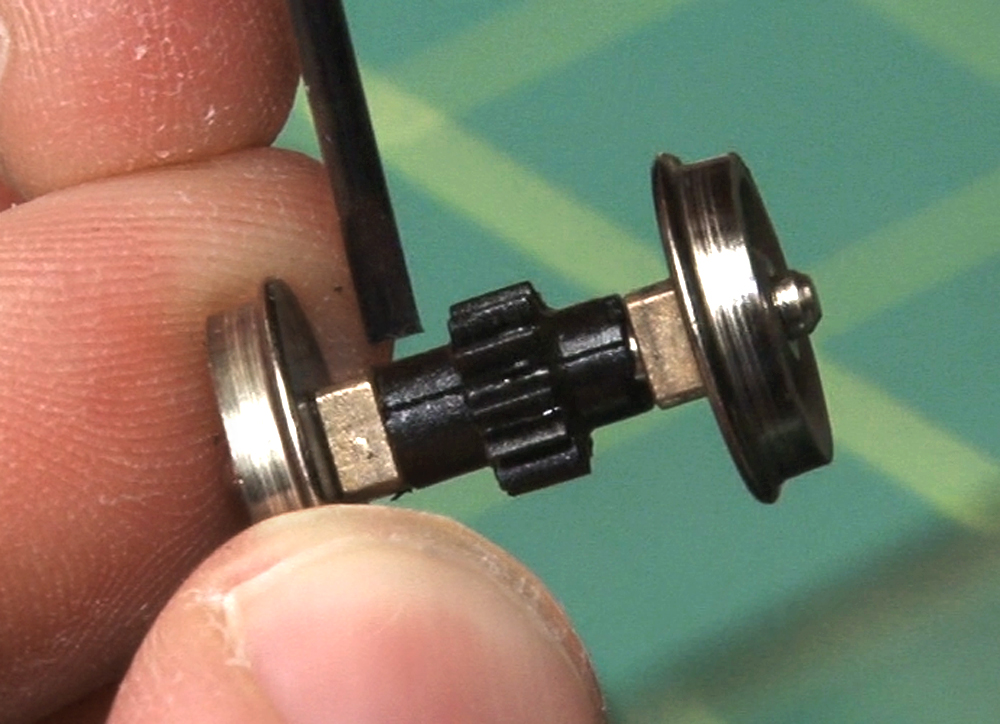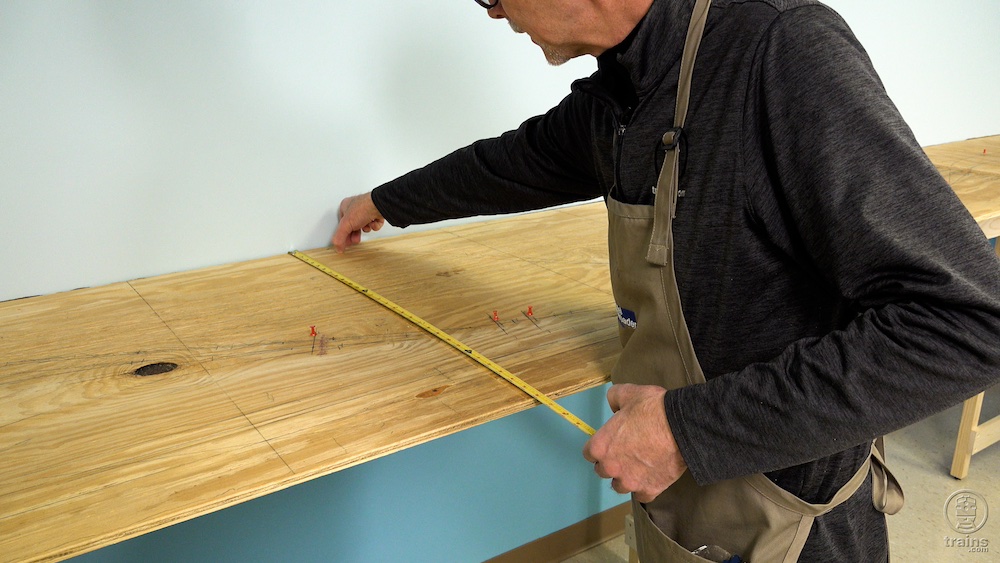
Q: I have a new HO scale 2-6-0 steam locomotive that has trouble negotiating my layout’s 18-inch radius curves. My 4-4-0 locomotive runs fine on the layout. I’ve read that on longer wheelbase locomotives, the center drivers have their wheel flanges removed for tight radius layouts. Is removing the flanges from locomotive drivers a thing to do? Or will this make the model unusable? – Richard Downer, Sun Prairie, Wis.
A: Removing the flanges from a long-wheelbase steam locomotive to make it able to handle sharper curves is something that’s done not only on our models, but also on the prototype. Flangeless “blind” drivers were used on steam locomotives like the 4-10-0 Mastodon, 2-10-0 Decapod, and 2-10-2 Santa Fe. So models of those locomotives with blind drivers are actually prototypical!
But that being said, I need to back up and tell you that there’s no reason you should have to remove the flanges from an HO scale Mogul to make it handle 18-inch radius curves. Any HO scale Mogul on the market should traverse curves of that radius easily. If yours won’t, it’s not because of the wheel flanges; it’s because something is wrong with the engine or the track.
Model steam engines are designed to have a little side-to-side “play” in their middle axles. Check that your Mogul’s center drive axle can shift a bit side to side to compensate for sharper curves. Next, use your National Model Railroad Association wheel and track gauge (you have one of those, right?) to make sure all your locomotive’s wheels are in gauge.
Next, check that your engine’s lead truck can pivot freely. Make sure its motion isn’t restricted by bumping into the engine’s cylinders, pilot, coupler box, or other under-frame obstructions. If it’s attached to the frame by a screw, make sure that screw is loose enough that the pilot truck can “float” up and down with uneven track as well as pivoting side-to-side.
Finally, check that the drawbar between the engine and the tender pivots freely at both ends, and that any wire connecting the two isn’t pulling the locomotive off the track when it traverses a curve. The wire should be loose and flexible, not wrapped around the drawbar.
The remaining thing to check is the track. If the derailments happen around the same place every time, get out your NMRA gauge and make sure the rails aren’t out of gauge in those curves. Also, check any rail joints in or leading into those curves for kinks. If you find any, you might need to add a few track nails to smooth them out, or even re-lay the curve.
Good luck tracking down the cause of your derailing issue.
Send us your questions
Have a question about modeling, operation, or prototype railroads? Send it to us at AskTrains@Trains.com. Be sure to put “Ask MR” in the subject.















Two other things that could affect your locomotive tracking would be 1) if your locomotive flanges are excessively deep. These would also be checked with your NMRA gauge. The second thing would be if the cast-in track tie plates are excessively clunky or if they have flash which interferes with wheel flanges. If you have problems in certain areas, I would check that. Lastly, if you are working with smaller rail sizes (code 70 or smaller), special wheel sets may be necessary to compensate for reduced flange clearance.